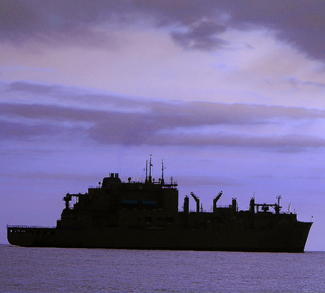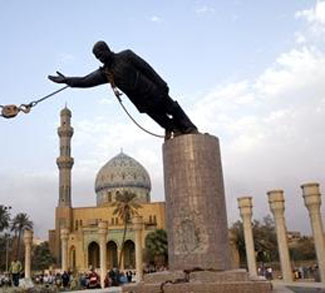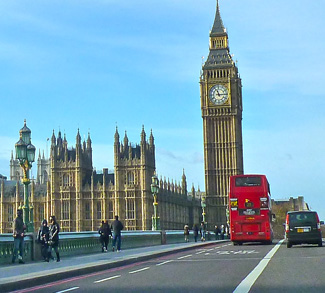Since the peak of the Somali piracy crisis at the turn of the decade, the crowded waters of Southeast Asia have replaced those of the west Indian Ocean as the world’s most dangerous. A spike in hijackings for cargo theft in the congested Malacca Strait, along with a spate of kidnappings-for-ransom in the Sulu Sea by Abu Sayyaf militants, have prompted many to label the region as the world’s new piracy hotspot.
The worst-affected states – Malaysia, Indonesia and the Philippines – have responded by launching joint naval patrols, resulting in a reduction in the threat level over the past year. However, recent incidents – including the hijacking of a Thai oil tanker in waters off Kuantan in June, and the beheading of two captured Vietnamese sailors on Basilan Island by Abu Sayyaf on 5 July – serve as stark and timely reminders that the threat is far from over.
More recently the threat has moved east to the Sulu Sea off the southern Philippines, where militant group Abu Sayyaf has launched a wave of kidnappings-for-ransom since March 2015.
In fact, Southeast Asia’s piracy problem could be about to take a dramatic turn for the worse. The escalating militancy on the Philippines’ southernmost island of Mindanao – which has drawn in foreign fighters and developed an international-jihadist element not previously seen in the region – could result in a period of prolonged instability and lawlessness, creating the perfect conditions for a new wave of piracy to develop and thrive.
If the jihadist violence worsens, the potential exists for extremists to turn to large-scale piracy to fund their activities, wreaking further havoc in the Sulu Sea and extending their reach to the region’s crowded commercial shipping lanes, where more lucrative and high-profile targets lie in wait.




